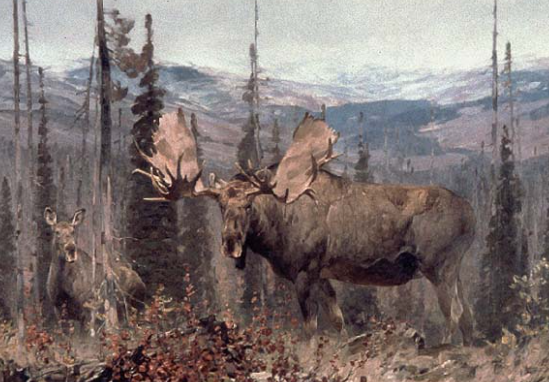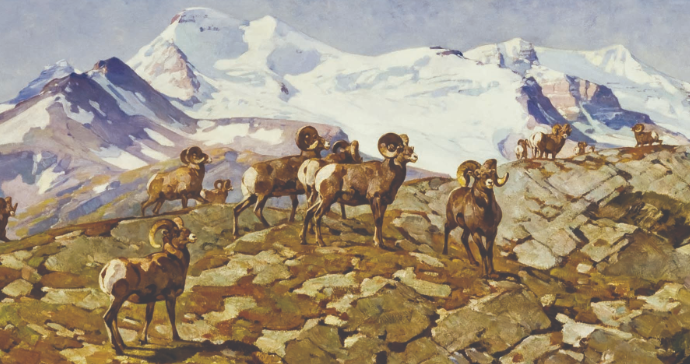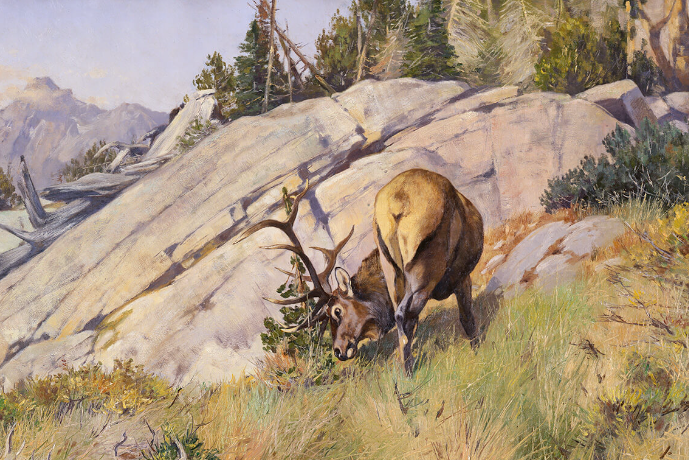Carl Rungius, a celebrated artist known for his wildlife paintings, holds a special place in the realm of American art, particularly for his majestic representations of moose. With their grandeur and grace, moose have become iconic symbols of the North American wilderness, captivating both Rungius and art lovers alike. This exploration into Rungius’s work not only highlights his artistic prowess but also shines a light on the fascinating world of these remarkable creatures.
The Life and Legacy of Carl Rungius
Carl Rungius was born in 1869 in Germany and later moved to the United States, where he found his true calling as a wildlife artist. His impressive career was marked by a deep passion for nature and a keen eye for detail. Rungius spent considerable time in the wilds of Canada and Alaska, documenting the behavior and habitat of various animals, especially moose. His paintings are characterized by their lifelike quality, vibrant colors, and a genuine respect for wildlife. Rungius’s legacy continues to inspire budding artists and nature enthusiasts, reminding us of the beauty and importance of preserving our natural world.
The Moose in Rungius’s Art
Moose, with their impressive antlers and commanding presence, were a favorite subject for Rungius. His ability to capture the essence of these magnificent creatures is a hallmark of his work. In paintings like “Moose in the Alaskan Wilderness,” Rungius not only showcases the physical attributes of the moose but also their natural surroundings, blending them seamlessly into the landscape. His attention to detail, from the texture of the moose’s fur to the shimmering water in the background, invites viewers to step into the scene, immersing them in the wilderness. For anyone who loves nature and art, Rungius’s moose paintings are a captivating window into the beauty of the animal kingdom.
The Importance of Wildlife Art
Wildlife art plays a crucial role in fostering an appreciation for nature and raising awareness about conservation. Carl Rungius’s paintings serve as a reminder of the fragility of wildlife and the ecosystems they inhabit. By portraying moose in their natural habitats, Rungius encourages viewers to observe and reflect on the magnificence of these animals and the vital role they play in our environment. His works often evoke a sense of responsibility, prompting the audience to consider how they can contribute to the preservation of wildlife. In today’s world, where natural habitats are threatened, embracing wildlife art can rekindle our connection to the natural world and inspire collective action to protect it.
Conclusion
Carl Rungius’s magnificent moose paintings are more than just artwork; they are a tribute to the splendor of nature. By exploring his legacy, we gain insight into both the artistry involved in wildlife painting and the urgent need for conservation. If you’re inspired by Rungius’s work, consider delving deeper into the world of wildlife art or exploring local conservation efforts. Let’s celebrate and protect the beauty of our natural world!





